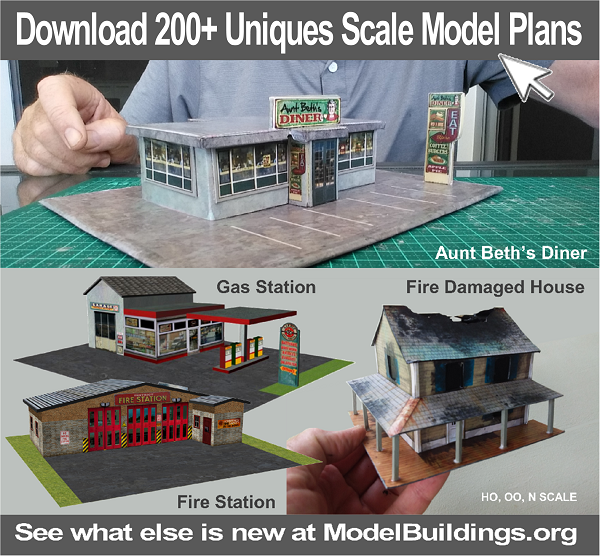The First 11 Tools for The Beginner’s
Model Railroad Workbench
1. Screwdrivers
You’ll need an assortment of these in both crosspoint (Phillips) and slot head (flat blade). In the crosspoint category, there are four basic sizes, from #0 to #4. You’ll probably use a #1 and a #2 most, but for heavy construction such as benchwork, you’ll probably want a #3 as well.
Flat blade screwdrivers are classified by the tip width and shank length, and you’ll often see both listed, tip width first: 3/8”x4”. You’ll want 3/16,” ¼”, and 3/8” widths with 4” and 8” shanks.
Next up are jeweler’s screwdrivers. Although you can find them for individual purchase, most are sold in an assortment of sizes and configurations. You’ll find that the jeweler’s sizes work best for doing jobs on your rolling stock and for kit building and the two configurations above work best for general electrical and bench work.
© Copyright https://www.modelbuildings.org All rights reserved.

2. Wire cutters
A good pair of wire cutters will last you a lifetime. When it comes to buying tools, quality is proportionate to price, so don’t skimp here. Again, there are several different sizes to choose from. They are sized by jaw width, jaw length, and overall length. 4” and 6” flush cut models will be most useful.
3. Long nose plier
Long nose pliers come in an almost unlimited number of configurations. The most often used and versatile are 4” and 6” long with half round jaws. Long nose pliers also can be found in jeweler’s sizes which are useful for working with the tiny springs found in rolling stock couplers.

4. Wire Stripper
Although you can probably get by with one tool that will strip the insulation from #22 – #32 AWG wire, you will also find that a size that will strip #12 – #20 to be a handy addition. Use the right tool for the job and all that. It’s easy to damage wire by using the wrong size opening. Wire strippers range from simple and cheap to complicated and expensive. The ones shown below are a good compromise. If you have ever done wire stripping with a knife, one use with the proper stripper will instantly convert you!
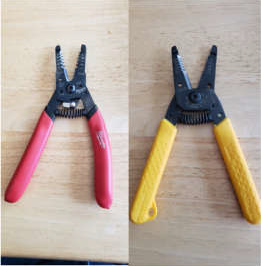
5. Soldering Iron
A decent soldering iron or soldering station makes electrical work easy. It’s not necessary to spend a fortune on soldering equipment. Most of your electrical work can be handled with a 15-25-watt iron that will cost you less than $25 US. Weller is a very popular brand, and the new irons have LED lighting incorporated in the handle. If your eyes are on the decline or you work in dark corners, lighting helps a LOT!
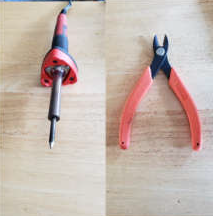
If you plan on doing much electrical work on the bench, a soldering station with temperature control is a great tool. They price out starting at about $100 for a good Hakko brand unit, and the sky is pretty much the limit after that.
Proper soldering is an art form. It takes some practice to do really well, but it’s worth the effort. There are plenty of online tutorials on soldering. Spend a couple of hours learning how, and practice. When you buy your iron or soldering station, pick up a small bottle of liquid flux or a tin of paste flux for electrical work as well. Flux is like soldering magic!
6. Rail Nipper
You can certainly build a layout with sectional track, but most railroad hobbyists prefer flexible track. A tool made specifically for cutting
rail is essential if you want to avoid frustration and poorly installed flex track. The cuts are much cleaner than if you use a wire cutter or a -gasp- hacksaw or zip saw.
7. Sanding block and/or sticks
You’ll use a sanding block and sticks when you are building scenery. Buy one that will allow you to easily change the paper. You can also buy disposable sanding sponges that can be molded around corners. Stock up on an assortment of grit grades for light, medium and heavy jobs. Sanding sticks or emery boards can be used for sanding in hard to reach places. They are cheap, so don’t steal them from your wife!
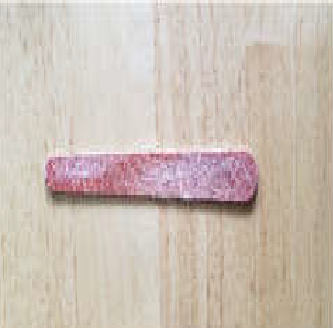
8. Xacto tools
If you do any model building at all, the ubiquitous Xacto knife is a must for your toolkit. The most versatile is the #1 handle with #11 blades. The cost is about $6 US from Amazon. There are lots of other handle sizes and blade options, but the #1 will be your go-to cutting tool.
9. Utility knife
Your #1 Xacto will do a lot of jobs, but for the heavy-duty stuff get a cheap utility knife with changeable blades. One of these will make the cutting of cork or homosote roadbed effortless. Try to find one with a retractable blade for safety.
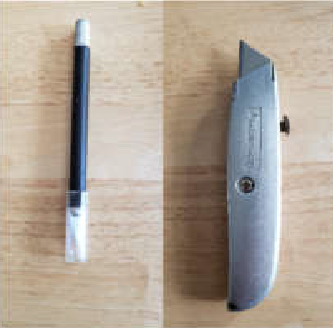
10. Bright Boy
A Bright Boy is an indispensable tool for your layout. The natural state of rails on your layout is might seem to be filthy, but a couple of strokes of this will clean them right off. It has a grit surface that cleans the rails with little effort. If you’re like this author, having several on hand will help with those times when your preferred one seems to have traveled into another dimension and can’t be found.
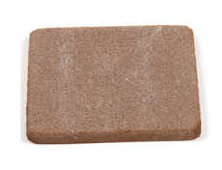
11. Multimeter
We’re playing with electric trains, so being able to measure electrical characteristics is certainly necessary! You can find an inexpensive digital multimeter in most home project stores. A lot of bells and whistles aren’t necessary, so you should be able to find a suitable multimeter for less than $25 US.
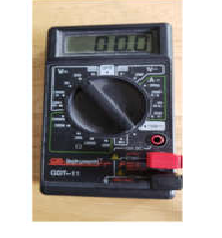
Invest Wisely
Buying quality tools and taking care of them will keep you happy with their performance for many years. This simple list is a place to start when making your first selections. As your railroad grows, so will your tool collection. In fact, collecting tools is likely to become a hobby in its own right!

